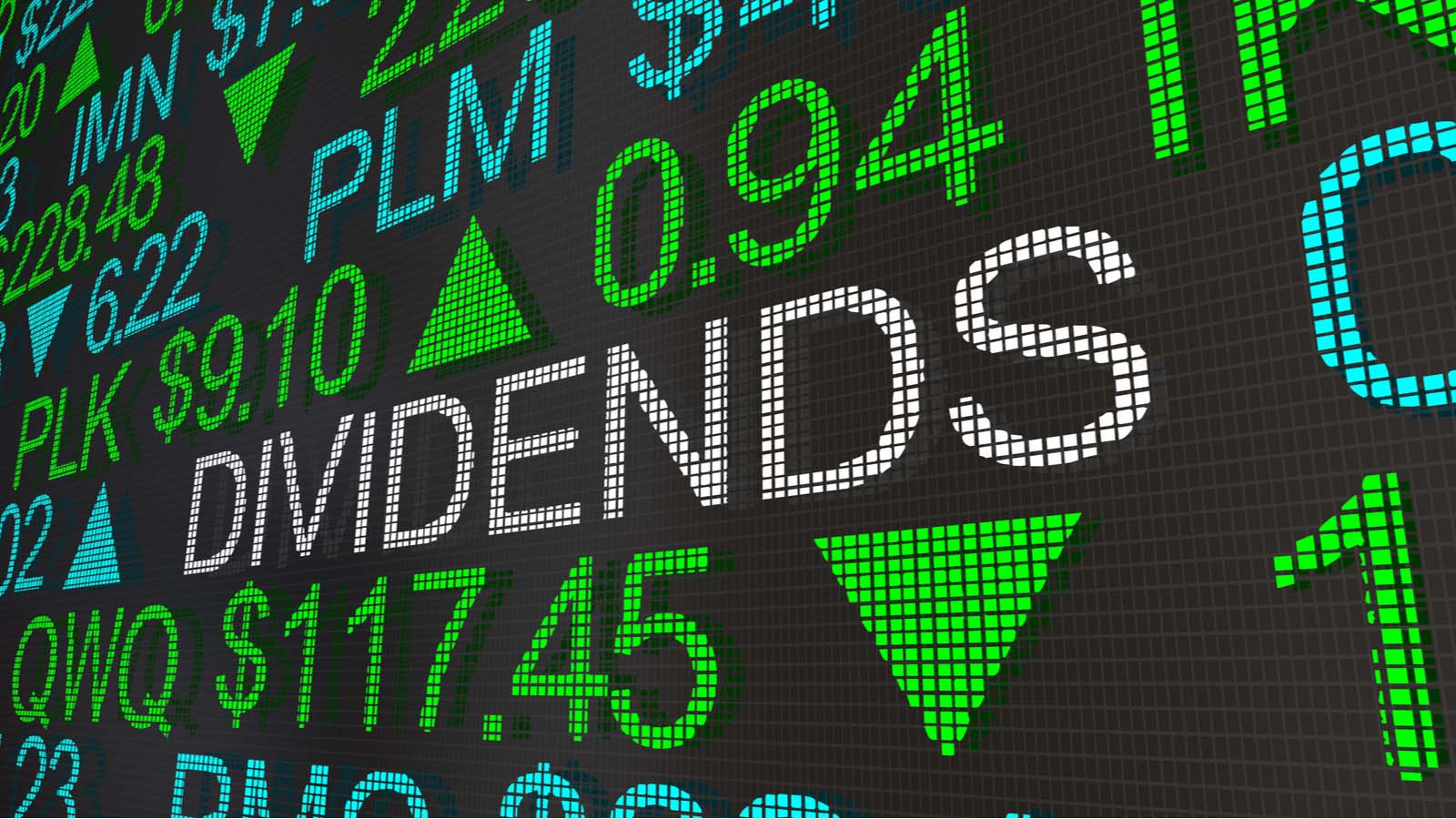As growth investors look for a good place to put their money into as the year comes to a close, dividend stocks are beginning to look better and better. So far, the year-end rally that many investors were hoping for has not materialized. Also, President Donald Trump is now saying a trade deal with China may not get done until 2020. That’s keeping the tech sector and other growth stocks under pressure.
Dividend yields have been plunging as lower interest rates are pushing income investors to drive up the price of these stocks. Since yields and stock price have an inverse relationship, it means that many solid dividend stocks appear not so appealing.
A different approach is to focus on the payout. However, it’s important not to simply invest in companies that offer the largest payout. That’s because there are many instances where financially troubled companies offer a high payout to entice investors who would otherwise not put money into the stock.
A better approach is to look for companies that are growing their dividend on a consistent basis. Companies with a history of raising their dividends are usually more financially stable, and more likely to maintain their dividend.
So, let’s get right to it and look at three of the best dividend stocks you can buy right now.
Best Dividend Stocks: Brookfield Infrastructure Partners (BIP)

Dividend Yield: 3.85%
Annual Dividend: $2.01
It’s not too simplistic to say that Brookfield Infrastructure Partners (NYSE:BIP) is a well-run business. Since the end of 2010 — two years after its initial public offering (IPO) — BIP has raised its dividend every year. And forward guidance calls for an annual long-term distribution growth of between 5% and 9%. This supports the company’s plan to deliver 12% to 15% annual total returns for investors.
Additionally, several reasons make BIP’s dividend among the safest and most secure. For starters, the company is one of the fastest growing and most-diversified utilities in the world. No individual business unit accounts for more than 20% of the company’s cash flow. In the company’s own words it essentially owns “critical and diverse global infrastructure networks which facilitate the movement and storage of energy, water, freight, passengers and data.”
Because these assets are hard to replicate, the company can generate predictable returns and a stable cash flow.
NextEra Energy (NEE)

Dividend Yield: 2.13%
Annual Dividend: $5
Since 2003, NextEra Energy (NYSE:NEE) has increased its dividend each year, including a stock split in early March 2015; But that’s only part of the story.
The company is a dividend aristocrat, having increased their divided every year for 25 consecutive years. That puts them in elite company. But when you combine the length of the dividend with the nearly 10% annualized increase you can see why investors are so excited. And, recently NEE has also given investors a healthy amount of growth. The stock is up nearly 35% in 2019.
NEE is one of the largest renewable energy utilities in the country. In the past, renewables have needed to be propped up by government subsidies. But now the costs have come down to the point where in some areas, wind can be comparable to natural gas and coal.
However, NextEra Energy also owns two utility companies in Florida. This predictable electric and gas business helps ensure the strength, and growth of future dividends.
Travelers Companies (TRV)

Dividend Yield: 2.44%
Annual Dividend: $3.28
Travelers (NYSE:TRV) is one of the largest publicly traded insurance companies in the United States. The company has not been providing investors with much revenue growth. However, that’s not why shareholders love this stock. Dividends per share, earnings per share and book value per share have all seen impressive growth over the years.
In addition to paying a dividend that currently has a yield of over 2%, the company buys back 5-10% of their existing shares every year. And, at a price-to-earnings (P/E) ratio of 15, the share buybacks are very profitable for investors. That’s not typically the case. The combination of buybacks and dividends gives shareholders a long-term rate of 7-12% before any growth.
TRV has a trailing P/E ratio of 15.21 which is slightly lower than the average P/E of the S&P 500 with is 19.54%. And over the last five years, TRV stock has had an average P/E ratio of 13. But the current P/E ratio is below the stock’s highs, suggesting that the stock may still have some room to grow.
As of this writing, Chris Markoch
